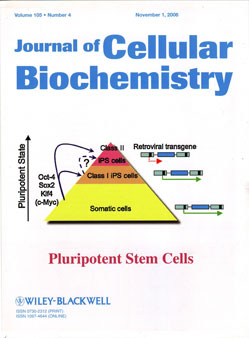
“In the last years, mesenchymal stromal cells (MSCs) from oral tissues have received considerable interest in regenerative medicine since they can be obtained with minimal invasive procedure and exhibit immunomodulatory properties.
This study was aimed to investigate whether in vitro pre-treatment of MSCs obtained from human gingiva (hGMSCs) with Cannabidiol (CBD), a cannabinoid component produced by the plant Cannabis sativa, may promote human gingiva derived MSCs to differentiate towards neuronal precursor cells.
From our results we hypothesize that human gingiva-derived MSCs conditioned with CBD could represent a valid method for improving the hGMSCs phenotype and thus might be a potential therapeutic tool in the treatment of neurodegenerative diseases.”








.png)
